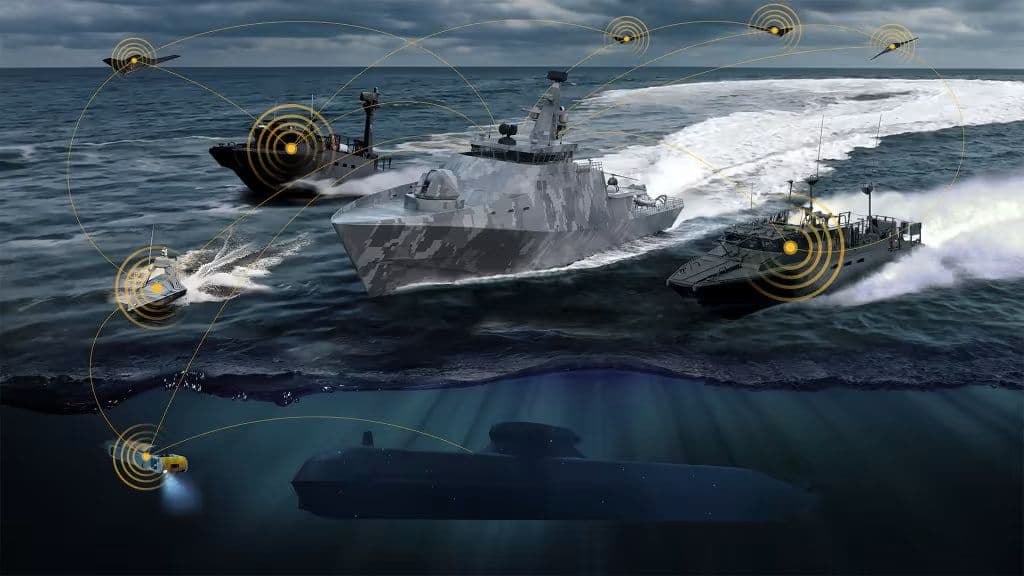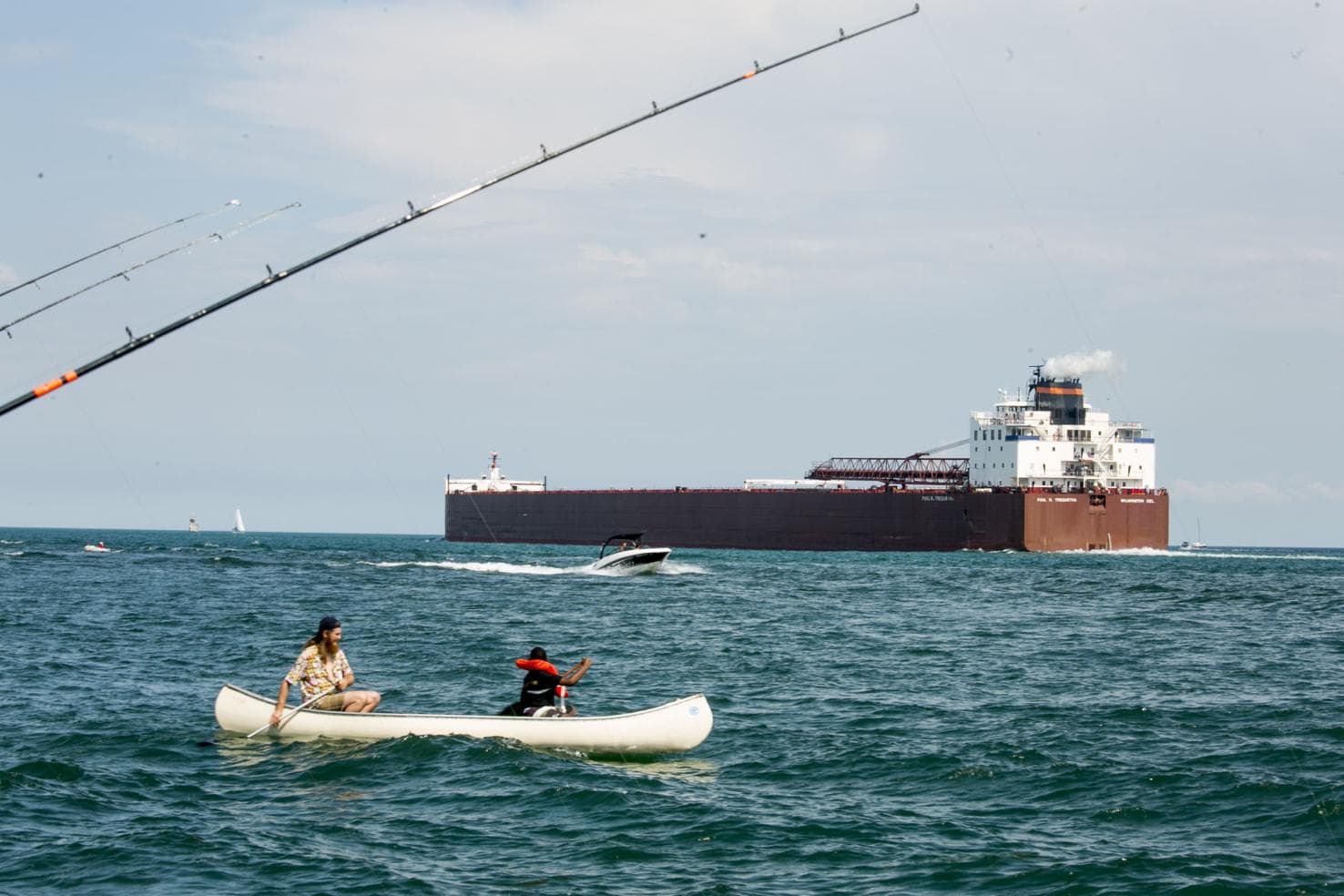China has introduced a new crewless surface ship called the "Killer Whale" to its navy. This advanced vessel combines speed, firepower, and flexibility for various maritime missions. Developed by the China State Shipbuilding Corporation (CSSC), it represents a significant advancement in naval technology.
A Trimaran With Bite
The "Killer Whale" is a trimaran, meaning it has three hulls. This design makes it more stable, faster, and efficient than traditional boats with a single hull. It measures 190 feet long and weighs between 300 and 500 tons. The ship moves through the water using a diesel and electric propulsion system. This hybrid system allows it to reach up to 40 knots (74 km/h) and travel over 4,000 nautical miles (7,400 km) without refueling.
This long range helps the ship complete extended missions, like patrolling high-tension areas or supporting other naval forces far from their base. Its stealthy design minimizes its radar visibility, giving it an advantage in dangerous situations.

Modular Powerhouse
The "Killer Whale" stands out because of its modular design, which allows it to adapt to different missions. It can carry various advanced weaponry based on the task at hand:
- Anti-ship missiles for targeting enemy ships.
- Anti-aircraft missiles to protect against aerial threats.
- Torpedoes for dealing with underwater dangers.
- Rockets for different attack situations.
At the back, it has a helicopter landing pad. This is essential for sending out drones or crewed helicopters. These features make the "Killer Whale" a versatile attack platform that can respond to changing battlefield conditions.
Built for War and Beyond
China designed the "Killer Whale" for multiple roles in naval warfare. It can:
- Watch over important shipping lanes or disputed waters.
- Engage enemy ships directly.
- Search for submarines in deep water.
- Protect fleets from air attacks.
- Help in search and rescue during disasters or combat.
The real advantage is its autonomy. This ship is crewless, meaning it can operate for long periods without human control. This makes it useful for missions in dangerous areas where sending human crews would be too risky.
A Star at the Zhuhai Airshow
The "Killer Whale" caught attention when it showed up at the Zhuhai Airshow in November 2024. It is part of a trend in naval technology focusing on uncrewed and semi-autonomous ships. Analysts believe this shows China's aim to lead in future maritime warfare. It's not just about defending coastlines; it's about showing power.
Earlier, the ship was seen during trials at the Guangzhou Shipyard. Its public debut confirms that China is serious about using this advanced technology in its fleet.
A New Era of Naval Power
The "Killer Whale" is more than just a ship for the People's Liberation Army Navy (PLAN). It is a strategic tool to gain an advantage in contested waters, especially in Asia-Pacific. Its modular design allows for flexibility, its autonomy ensures it can operate for long periods, and its stealth makes it a significant threat.
This ship may also attract international buyers. Experts believe it offers a cost-effective, high-tech solution for modern naval challenges.
Why It Matters
The "Killer Whale" is part of a growing trend in unmanned maritime systems. It uses advanced sensors, works autonomously, and can adapt to different missions. This ship can hunt submarines and launch missiles. It represents a future where technology, not just people, determines naval strength.












